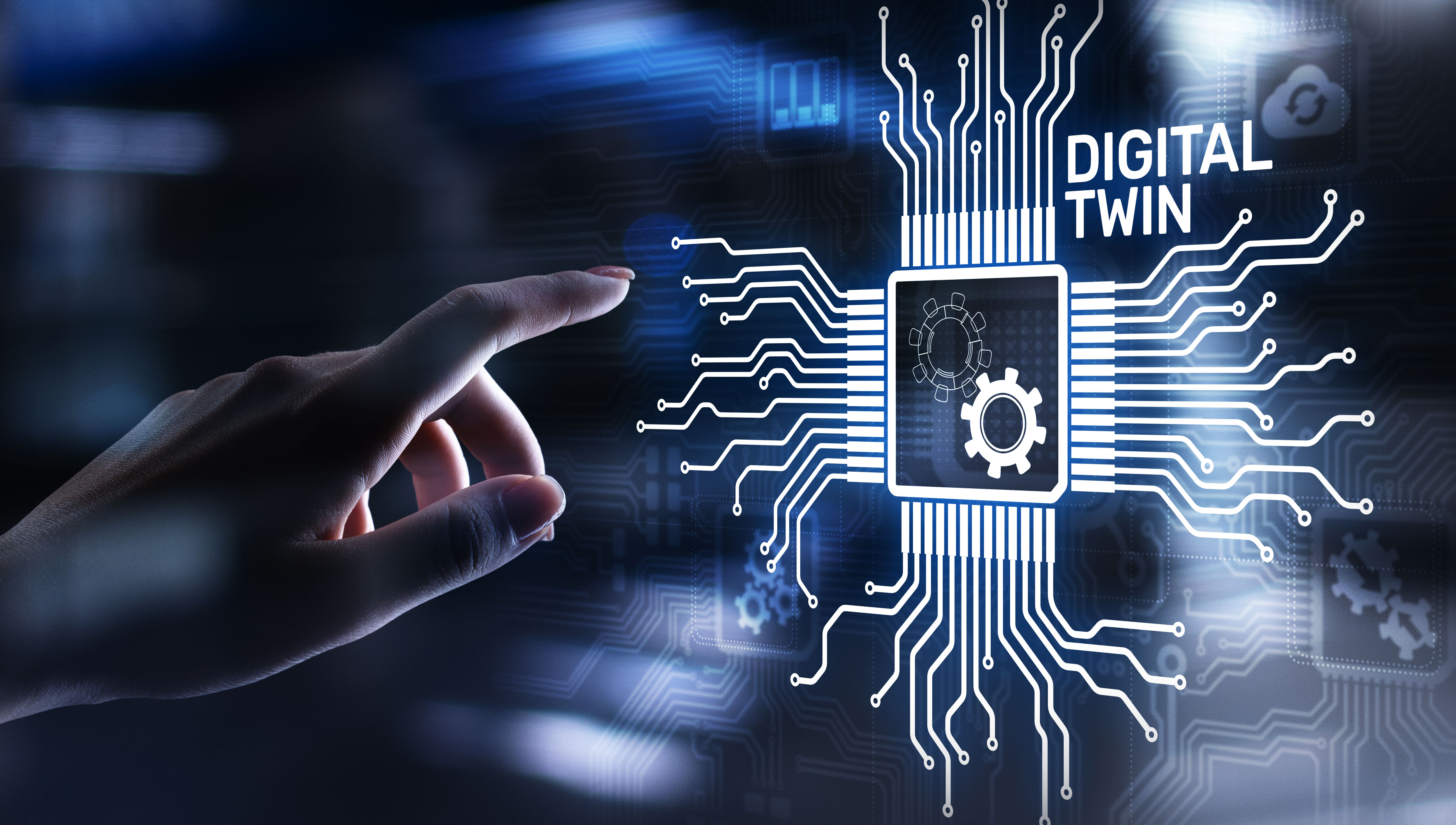Digital Twins Aren’t Just for Heavy Industry- You can Benefit from Looking in the Mirror, too
Throughout our culture, we are fascinated by twins and multiples. Images come to mind from the twins in Doublemint gum advertisements, the Olsen twins, and many others. Our interest is piqued at the mere mention of twins, and we just can’t help it. But what does this have to do with business? A digital twin, while just as interesting, is something a little bit different. Curious to learn more? Let us explain the background on digital twins, how several industries are using them, why it should matter to you, and why implementing this concept in an organization is beneficial.
Digital Twins Defined
In a nutshell, creating a digital twin is the act of making a digital version of a physical object. It isn’t a tangible object, rather it is a virtual object that is made from information that exists in a company’s cloud or data repositories. Various products, parts, and even subject matter experts can benefit from having a digital twin. The digital twin offers a view of the most up-to-date data on its real-world counterpart, such as the measurements, ingredients, costs, availability, location, and usage of the physical item. A subject matter expert can have a digital twin as well and use it to store all of his or her in-demand knowledge to scale it across a large team and across departments. An intelligent enterprise search and insight engine is the perfect foundation for creating views of a digital twin on the fly as needed.
Interesting Industry Use Cases
The concept of creating a digital twin or virtual doppelganger was first used for industry in areas such as airline manufacturing for categorizing airplane parts and their properties. Digital twins for airplane parts are made with 3D CAD objects as the starting point to create a realistic model of an object that can be viewed from many angles.
Meanwhile, in the technology industry, digital twins can be used to prototype both hardware and software to test a product’s feasibility and also to do market research with prospective customers before a product is mass-produced and made available. Using digital twins, the entire life cycle of a product can be tracked and stored from the conception of an idea to optimizing a product once it’s released.
The retail industry can use digital twins to track locations of inventory in a store, in a warehouse, and while items are in transit. Additionally, customer personas can be built as a digital twin to conveniently encapsulate collected data from market research and customer feedback to simulate ideal product display and customer interactions.
The manufacturing industry has many use cases for digital twins. Not only do they use it for product design like in the technology industry, but they also use digital twins to prevent a piece of equipment from failing, predict the price fluctuations of their raw materials, and execute on quality assurance objectives.
The main benefits of digital twins across multiple industries are that the most up-to-date information around an (information) object can be accessed via a unified view generated e.g. by an insight application. It also assists many departmental functions with real-time data and analysis that they might not otherwise have had the ability to access.
The innovative knowledge management practice of using digital twins in many different functional areas inside a large enterprise is made possible via insight engines like our Mindbreeze InSpire product. Efficient knowledge sharing and management is the key objective of digital twin development and it‘s just one of the exciting benefits you can unlock with our solutions here at Mindbreeze.
Want to better understand the benefits of digital twins and knowledge sharing as it relates to your organization?
For more information, please contact us to learn how we have helped others in your industry see great time savings and accuracy improvement.
Latest Blogs
Inside Insight: How Journeys and Touchpoints Make Enterprise Search Effortless with Mindbreeze Insight Workplace
Picture this: you’re preparing for a high-stakes client meeting.
The Future of Enterprise AI Depends on Smarter RAG Solutions
Today’s enterprise leaders ask how to make AI meaningful, responsible, and scalable. One architectural approach stands out as organizations look beyond isolated proof-of-concepts and begin embedding AI into workflows: Retrieval-Augmented Generation (RAG).


